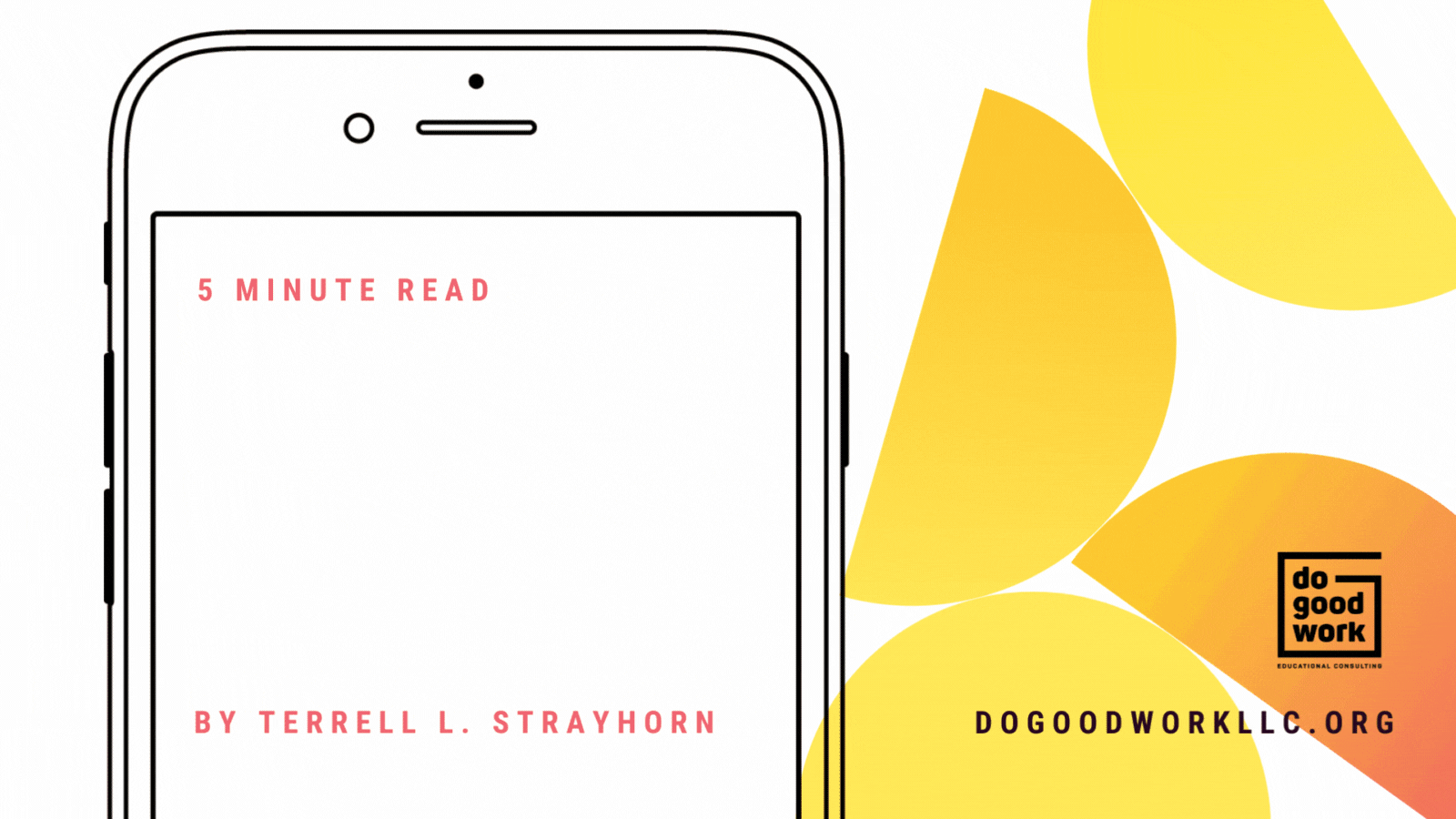Burnout at work can happen to anyone and can be a huge challenge to overcome. Whether it’s from working long hours or feeling overwhelmed and unable to cope with one’s workload, the effects of burnout can be dangerous and far-reaching. It’s important to recognize the signs of burnout and take steps to prevent it from happening.
It’s true–stress is a fact of life. Unrelenting excessive stress at work, however, can lead to burnout. Burnout is a workplace hazard that can be detrimental to an individual’s physical, mental and emotional health, experts say. It is generally defined as a syndrome brought on by ongoing workplace stress that has not been effectively managed, according to the World Health Organization (WHO). It has three dimensions to it (as illustrated below):
- Feelings of depleted energy or exhaustion,
- Increasing mental detachment from one’s job, or sentiments of pessimism or cynicism about one’s career, and
- Reduced professional efficacy or confidence in (and derived from) work-related activities (see Maslach and Leiter, for more).

Though there have been reported cases of acute burnout or stress disorder, most practitioners agree that it evolves over time due to unrelenting work-related stress that depletes one’s energy, zaps their passion, and compromises their sense of agency. Research has shown that there are many tale-tell signs of job burnout. As a result of mounting work-related stress, one is left feeling overwhelmed, tired, and spent to exhaustion. They may drag themselves to work and still struggle to get started. They may find it difficult to concentrate or feel isolated due to lack of social support. They may be unclear about work expectations and find themselves “spinning the wheel,” lacking the enthusiasm to see projects or work tasks to completion. They may lack a sense of control over their worklife and, thus, become irritable and quick-tempered with colleagues, clients, and co-workers. Indeed, burnout can result from all of these factors and manifest in such ways.
We have learned a good deal from burnout research across a range of fields. For instance, psychologists studying burnout have found that it can jeopardize future aspirations, ruin friendships, and compromise well-being. Medical researchers focusing on the causes and consequences of burnout have discovered that it’s linked to hypertension, sleep problems, depression, and substance abuse. Pathologists have studied how job burnout is related to a range of physiological and maladaptive health behaviors such as fatigue, insomnia, and chronic conditions like heart disease, high blood pressure, and Type 2 diabetes. And industrial-organizational experts have explained that burnout prevalence varies across industries/fields, although hardcore numbers are difficult to discern. Published rates range from as low as 7% up to 85% among financial professionals, according to Harvard Business Review.
Consider the following statistics:
- A Gallup survey of 7,500 full-time workers found that 23% of employees reported feeling burned out at work very often or always.
- People who work in high stress jobs and very long hours (over 52 hours per week) are at a higher risk of burnout and tend to suffer from higher levels of distress.
- According to the American Institute of Stress (AIS), 83% of US workers reported feeling stressed or burned out on any given day.
“As a result of mounting work-related stress, one is left feeling overwhelmed, tired, and spent to exhaustion.”
On Workplace Burnout
Given burnout’s detrimental effects on workplace belonging, productivity, and staff retention, employees and employers must take steps to prevent it. Here are 5 ways to avoid burnout at work:
- Take breaks. Make sure you get away from your desk every once in a while to take some mental health breaks. This can include anything from going outside to take a walk or eating lunch away from your desk. Take a quick jog, grab a snack, do some stretching, read a book, or just close your eyes and take some deep breaths. Managers and supervisors can both model this behavior by taking breaks or lunch away from their desks as well, encouraging staff to do the same. Senior leaders and HR staff can help normalize such practices by incorporating them in standard operating procedures, employee handbooks, and on-boarding processes. For example, my client, Sheila (pseudonym), leads a data analytics tech company that employs 30 full-time employees. In keeping with the company’s commitment to innovation, she instituted a company-wide “siesta” from 12:00 to 1:30 pm every day of the workweek. During “siesta,” the company closes for lunch or midday personal commitments and work-related meetings, trainings, or activities are strictly prohibited, with few exceptions.
- Exercise and eat right. Exercise is such a great way to reduce stress in life, and it helps tremendously in avoiding burnout. Also, eating right and avoiding a lot of sugar can help keep your energy levels up and reduce fatigue. When possible, pack a healthy snack including without limitation: apple, banana, Greek yogurt, peanuts, celery sticks, kale chips, or cucumber slices. Employers can help ensure worker’s access to healthy foods and snacks by providing such options in workplace cafeterias, on-site vending machines, and working meetings. One company headquartered in Dearborn, Michigan offers employees meal vouchers through DoorDash and UberEats, as a way of providing healthy and/or vegan dietary options.
- Connect with the right people. Surrounding yourself with people who are uplifting and have similar interests can help keep your spirits up and help you stay motivated when it’s time to go back to work. Connecting with others might also involve reaching out to people who can help you calibrate your workload (e.g., supervisors), delegate your tasks (e.g., assistant, co-workers), or prioritize competing demands. Take advantage of specialized services and benefits such as employee assistance programs. Providing opportunities for employees to connect and build strong bonds of supportive community is just one way employers can help prevent burnout. Promising practices include team-building exercises, group outings, happy hours, book clubs, and employee resource groups (ERGs), to name a few.
- Create boundaries. Set healthy boundaries and a schedule for yourself so that you’re not working every minute of the day. Know your limits and don’t be afraid to say no to tasks that will push you over your limits. Creating boundaries doesn’t have to be difficult or awkward. Ask yourself: (1) Do you check work email after hours? (2) Do you make yourself available to co-workers 24/7 via phone, text, or Slack? (3) Will you pick up extra work at a moment’s notice, without hesitation? (4) Do you allow people to intrude your workspace or office, even when you’re busy? If you answered “yes” to one or more of these, then there’s a good chance that you need to create clear boundaries (physical, mental, or emotional) at work. Consider the following:
✅ Take a short walk alone (listening to music or your favorite podcast),
✅ Say “no” to working overtime or coming in on the weekend,
✅ Use your sick days and mental health day leave,
✅ Set your away message on email when you’re engrossed in a project or fighting a deadline,
✅ Communicate with your supervisor and co-workers about your needs,
✅ Delegate when necessary. - Find a hobby and relax. Take some time to pursue a hobby that you enjoy and that you can use to help unwind. Having something else to focus on can be a great escape from the stress of work. Many options abound. For instance, some of my leadership coaching clients through Do Good Work participate in gardening circles, cooking classes, meditation, journaling, yoga, and tai chi, to name a few. Of course, employers can help in this regard by providing access to relaxing activities as part of on-site facilities (e.g., meditation room), healthcare benefits, or job perks (e.g., gym membership).
By implementing these practices and recognizing the signs of burnout, you’ll be able to protect yourself from the unpleasant effects that can come from it. Above all, just remember to take care of yourself and prioritize your health!
———————————————————— READ MORE ———————————————————-
For more information about burnout, check out resources from the WHO, American Psychiatric Association, the Mayo Clinic, and the Stress & Resilience Institute.


